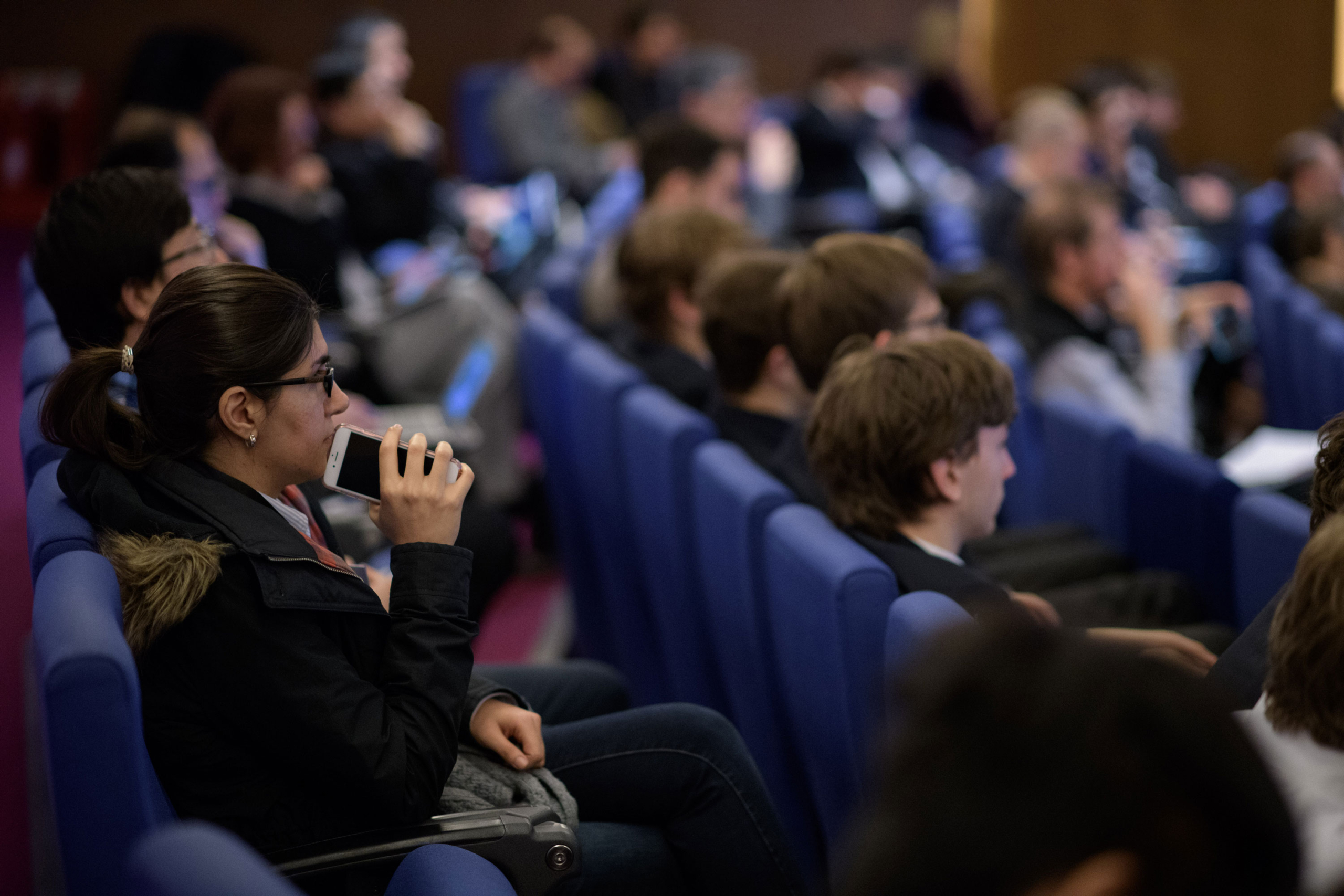Manufacturing 2075
27/11/2019

Switching to sustainable alternatives is an imperative – but needs to be done in a clear-headed way, informed by a full knowledge of implications. This is nowhere more important than in manufacturing, the global machinery for transmuting natural resources into what’s useful, what’s needed.
Our work at the Natural History Museum on the transition to electric vehicles has illustrated the bare bones of the kinds of problems the world faces.
Meeting the new UK electric car targets for 2050, we’d need to use almost double the world’s entire annual cobalt production; nearly all the world’s production of neodymium; three quarters of lithium, and at least half of the copper. Then there’s the electricity involved to provide the charge for each of the 252.5 billion miles driven by UK cars every year, meaning a 20% increase in UK-generated electricity.
This is why Manufacturing 2075 (4 December 2019) is focused on the practical, operational issues around sustainable manufacturing. We’ve gone past the point of good principles and intentions, we need to have a stronger grasp of the balance of issues, and to start implementing what works.
Most important for the sector will be future ways of working with the providers of commodities. There needs to be more collaboration and connection over the forms of commodities, what’s needed as technologies develop. Traditionally, for example, a material like zinc would be taken out of the ground and sent straight to a blast furnace to be turned into a metal. But maybe what a new product under development might need is zinc as a carbonate or a sulphate. There’s a disconnect in the market.
The problems we face now – and for the future – are often not around running out of a raw material, but that the particular commodity is not available in the forms actually needed. So there is a squeeze in the market, short-term shortages and price hikes. What’s needed is more of a Just-in-Time process involving raw materials to prevent sudden squeezes on supply, and that will mean manufacturers looking to improve the diversity of forms of material and their supplies. With a resource like cobalt, political instability in Central Africa would lead to an instant cut in around 70% of supply.
Every part of the chain, from design to the mining and metals industries, need to be talking to each other to make the cycle genuinely sustainable. And ultimately that means manufacturers looking at the end-of-life stage of products, re-shaping their relationships with suppliers to be part of the circular economy, reducing the reliance on what can be dug from the ground, and what can be re-used and re-purposed, not lost into the waste stream.
Professor Richard Herrington, Head of Earth Sciences, Natural History Museum, www.nhm.ac.uk
Industry and thinkers come together for Manufacturing 2075 at Cranfield University on 4 December 2019 – a full list of speakers is here: www.cranfield.ac.uk/events/manufacturing-2075-landing
Categories & Tags:
Leave a comment on this post:
You might also like…
Preparing your work for Turnitin submission
Before submitting your work into Turnitin for similarity checking, if you have used referencing software then you may need to take some important steps first. Mendeley and Zotero integrate with MS Word by embedding field ...
The fast track to supercar engineering: My Cranfield journey
It’s been a dream come true to work on some of the world’s most prestigious supercars – the Aston Martin Valhalla, McLaren 750 & Artura, the GMA T.33. But every successful ...
Automotive Engineering: From student to hypercar innovation at Rimac
We sat down with recent graduate Thomas Perrin, to discuss how his year on the MSc in Automotive Engineering at Cranfield University propelled him from the lecture hall directly into the ...
What this year at Cranfield really meant to me
Every Cranfield journey is unique. In this alumni reflection, Zachea Scicluna shares what her year at Cranfield truly meant, from facing uncertainty to gaining hands-on experience in industry-backed projects. I’ve been reflecting (and delaying) ...
Preparing for assignments and exams?
Sorry! We know it seems a bit mean to mention the exams in January rather than looking forward to the break before it! However, we know many of you will be thinking about your forthcoming ...
Screening for FTSE 100 companies on Bloomberg
So you’re researching an index and need some data on its constituent companies? Bloomberg’s Equity Screening tool makes light work of this, not just for the FTSE, but for indices, exchanges and sectors worldwide. Type EQS ...






